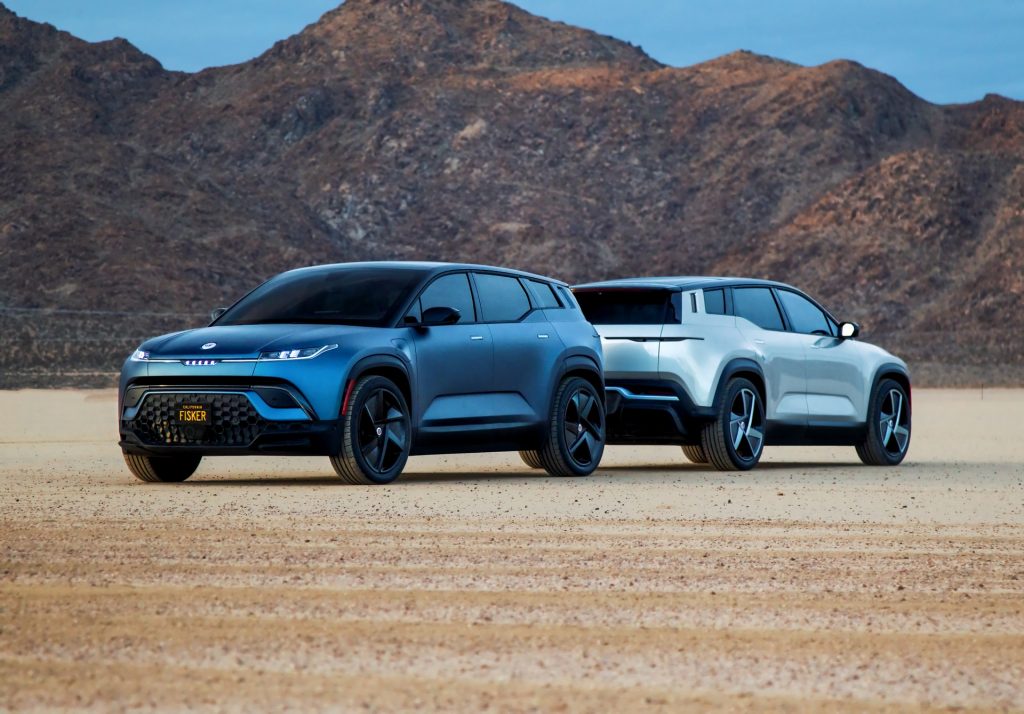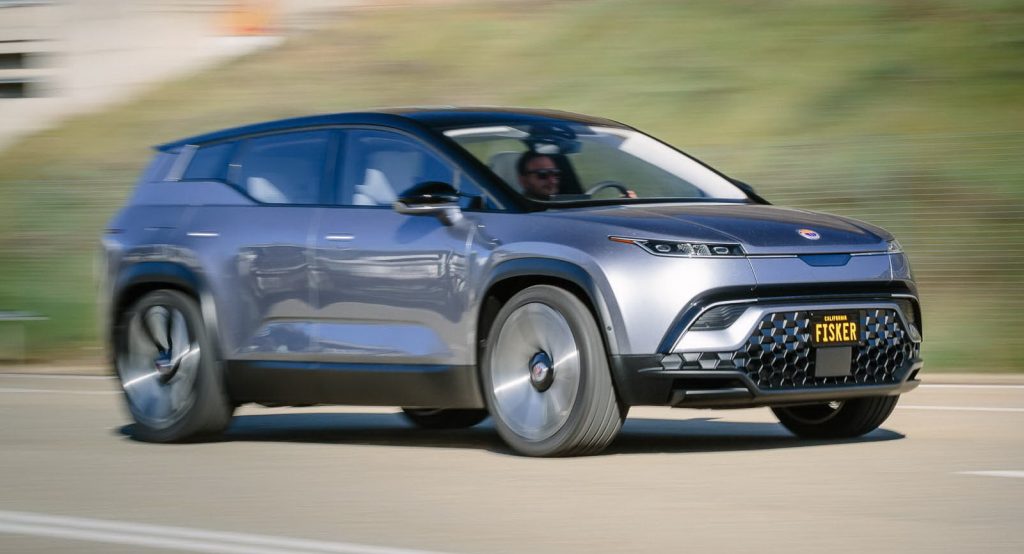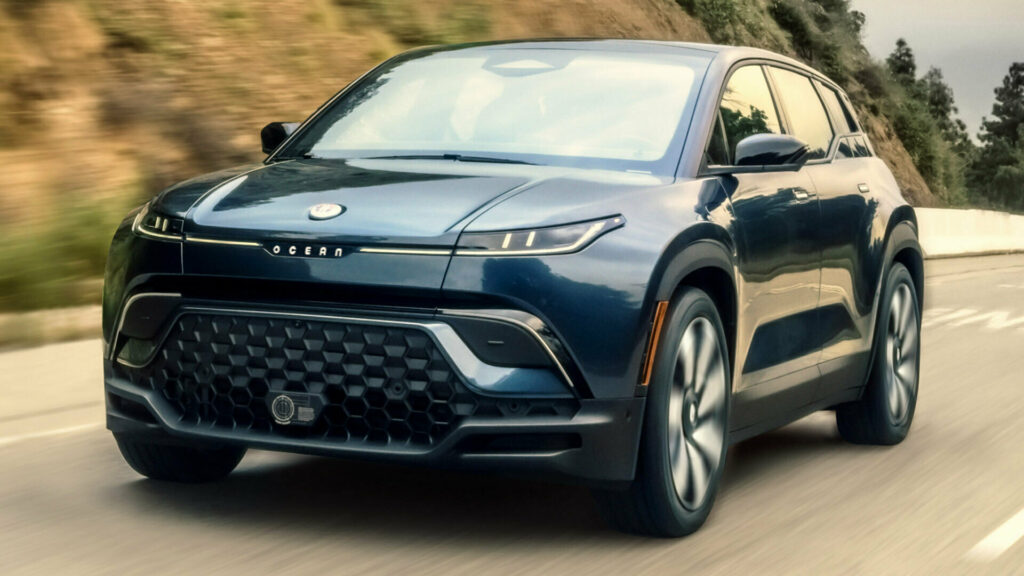Fisker is reducing production through December so it can prioritize cash for working capital needs, leading the company to cut its production target for the 2023 calendar year.
In a recent press release issued to the media and investors, Fisker confirmed that slowing production of the Ocean in December will see its production for 2023 drop to just over 10,000 units for 2023. It did not specify exactly how many fewer examples of the Ocean SUV it expects to build this month but said the move will allow it to unlock over $300 million of working capital.
While production has been hit this month, Fisker does continue to expand. The electric vehicle startup recently opened its first Fisker Lounge in New York City’s Meatpacking District and now has more transportation logistics partners that ensure vehicles can be delivered to customers more quickly.

The carmaker currently has 14 facilities in the U.S. dedicated to retail, deliveries, and service, including in Los Angeles, New York City, Long Island City NY, Vista CA, Redwood CA, Huntington Beach CA, Tempe AZ, Brentwood TN, Oklahoma City OK, Acworth GA, Owings Mills MD, Dallas TX, and Naples FL. It also operates 19 facilities in Europe across Austria, Belgium, Denmark, France, Germany, the Netherlands, Norway, Sweden, and the UK. Fisker also recently received approval to sell the Ocean in Canada and will start deliveries this month.
Read: Fisker Ocean Sport Beats Estimates, Gets 288-Mile Range Under WLTP In Europe
“Our teams have worked hard to overcome some early delivery challenges and are now setting an impressive pace as we prepare to close out 2023,” Fisker chairman and chief executive Henrik Fisker said. “We may not have hit our original forecast but taking current market conditions and negative sentiments around EV sales into account, I would say we are doing quite well, as we continue to accelerate sales and deliveries. This is yielding considerable revenue as we ramp up our business. I expect by the end of this year we will have delivered more customer cars than any Western EV startup did in their first year of deliveries.”




